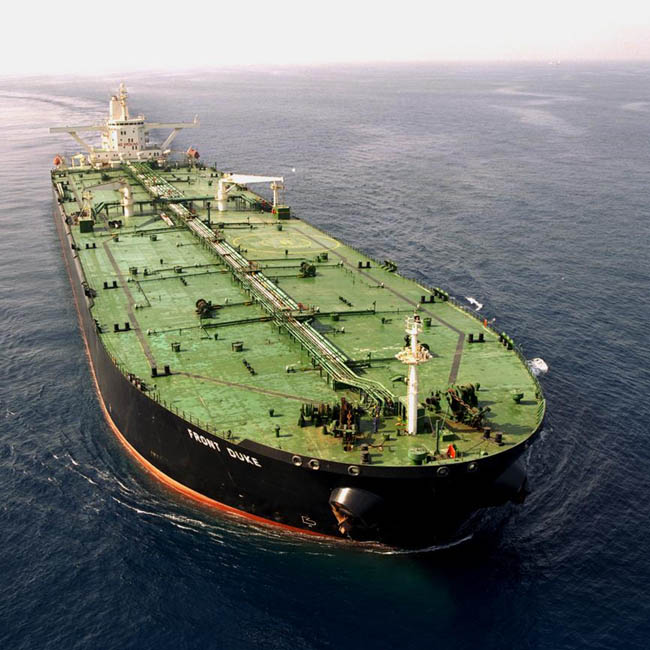Baltimore Bridge Wreck Removal: Fourth Body Recovered
April 15, 2024: Fourth Body Recovered Another missing victim was recovered at the Key Bridge incident site on April 14, 2024, and was identified today, the Unified Command report. The...


There are 20 percent more very large crude carriers available in the Persian Gulf over the next 30 days than there are probable cargoes, according to the median estimate of seven shipbrokers and owners in a Bloomberg News survey today. That’s five percentage points fewer than last week and the smallest excess since Feb. 26.
Bookings for Persian Gulf oil to the U.S. rose to 31 million barrels last week, the highest level since May, Fotis Giannakoulis, a New York-based analyst at Morgan Stanley, said in an e-mailed report yesterday. The charters are more than twice the weekly average this year, he said.
“There seems to be more westbound interest drawing crude cargoes to the U.S. Gulf,” Halvor Ellefsen, a shipbroker at Galbraith’s Ltd. in London, said by e-mail. “Refineries in the region are returning from maintenance.”
Rates for supertankers on their busiest trade route to Asia from the Middle East rose for a third day, adding 1 percent to 33.77 industry-standard Worldscale points today, according to the Baltic Exchange, the London-based publisher of shipping costs.
The number of vessels booked in the Persian Gulf to haul crude in February dropped to 103 from 123 in January, according to data from Marex Spectron Group, a London-based commodities brokerage. Last month’s tally was the smallest since November 2010, Marex Spectron data show.
World Fleet
The combined carrying capacity of the world VLCC fleet will expand 5.1 percent this year, just less than demand growth of 5.2 percent, according to data from Clarkson Plc, the world’s biggest shipbroker.
Daily earnings for the supertankers plunged 75 percent to $11,656 in the past 12 months, according to Clarkson. They were $7,518 in the week ended Feb. 15, the lowest since September 2011. Frontline Ltd., the VLCCoperator led by billionaire John Fredriksen, said Feb. 22 it needs daily returns of $24,200 to break even.
Daily losses for VLCCs plying the industry’s benchmark Saudi Arabia-to-Japan trade route narrowed to $582 a day, the least since Jan. 23, according to the Baltic Exchange. February’s average of minus $5,072 was the worst since August.
Fuel Prices
Those assessments don’t account for owners cutting speeds to save fuel, their biggest expense. The price of ship fuel, or bunkers, fell 0.2 percent to $630.33 a metric ton, according to data compiled by Bloomberg.
Worldscale points are a percentage of a nominal rate for more than 320,000 specific routes. Flat rates for every voyage, quoted in U.S. dollars a ton, are revised annually by the Worldscale Association in London to reflect changing fuel costs, port tariffs and exchange rates.
The Baltic Dirty Tanker Index, a broader measure of oil- shipping costs, fell 0.8 percent to 661, the lowest since Feb. 19, according to the exchange.
Join the gCaptain Club for curated content, insider opinions, and vibrant community discussions.


Join the 105,892 members that receive our newsletter.
Have a news tip? Let us know.
Access exclusive insights, engage in vibrant discussions, and gain perspectives from our CEO.
Sign Up




Maritime and offshore news trusted by our 105,892 members delivered daily straight to your inbox.



Essential news coupled with the finest maritime content sourced from across the globe.
Sign Up